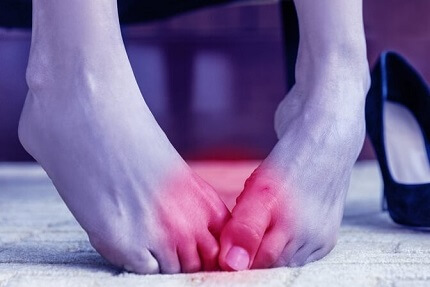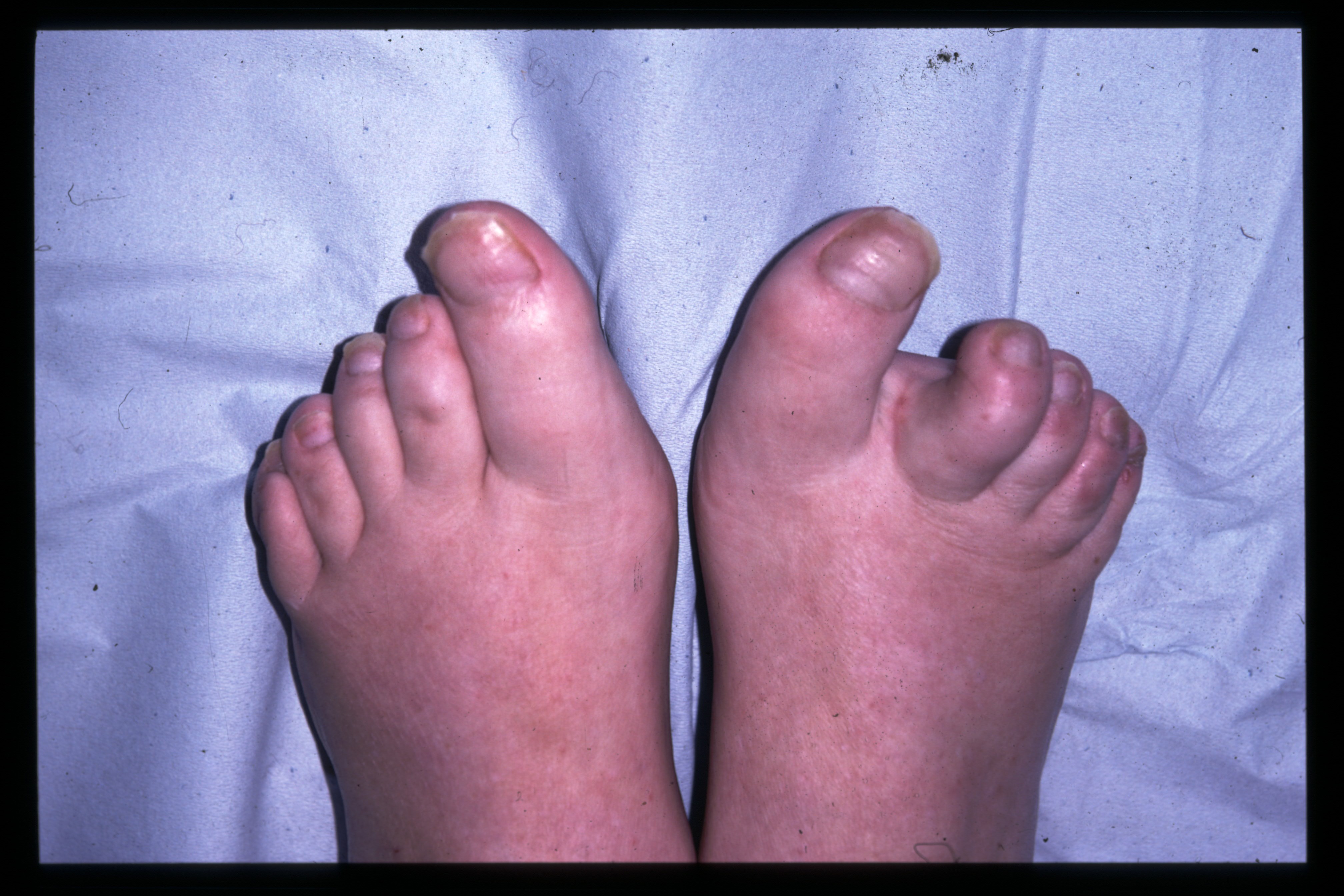



it is still causing problems after two weeks of self-care.your pain does not improve in the first few days.You should speak to your doctor or a footcare specialist if: If you cannot treat the pain yourself or you have a condition that could affect the joints or soft tissue, it may need further investigation. Some foot pain can become more than a short-term problem. It is best to avoid hot baths, heat packs, ibuprofen, and alcohol in the first few days, as they can affect healing. If you’ve hurt your toe place a small piece of cotton wool between it and the next toe, then tape them together.īy gently massaging the painful area from time to time you can help reduce swelling and increase blood flow. It should be tight enough to support it, but not so tight that it restricts the blood flow. Compression – wrap a bandage around the area that’s painful.Ice – put an ice pack or frozen vegetables, covered in a damp cloth, on the painful area for 20 minutes every 2-3 hours.Do not exercise, instead try gently moving it from time to time to stop the area getting stiff. Rest – try to avoid putting weight on the injured foot or ankle.There are four steps to treating pain, known as RICE therapy, which can help improve healing, particularly in the first 2-3 days, these are: Paracetamol and pain-relieving gel should help reduce your pain and discomfort. There can be several explanations for long-term pain in and around the feet or ankles, such as: Pain that seems to be getting worse, does not improve, or lasts longer than a few months could be due to structural changes in the foot or ankle, or an underlying condition. However, some pain can have no obvious cause or may not improve significantly with self-care. Though some could take a few months to fully recover, you probably won’t need to seek treatment from a healthcare professional. These should gradually heal with the help of simple self-care measures. Most cases of foot or ankle pain are short term and are caused by soft tissue injuries, such as sprains or strains. It has 26 bones and 33 small joints, all held together by a network of soft tissue made up of muscles, tendons, ligaments, nerves, and blood vessels. It’s one of the most complex, hard-working regions of your body. Most people experience pain in and around their feet or ankles at some point in their lives.


 0 kommentar(er)
0 kommentar(er)
